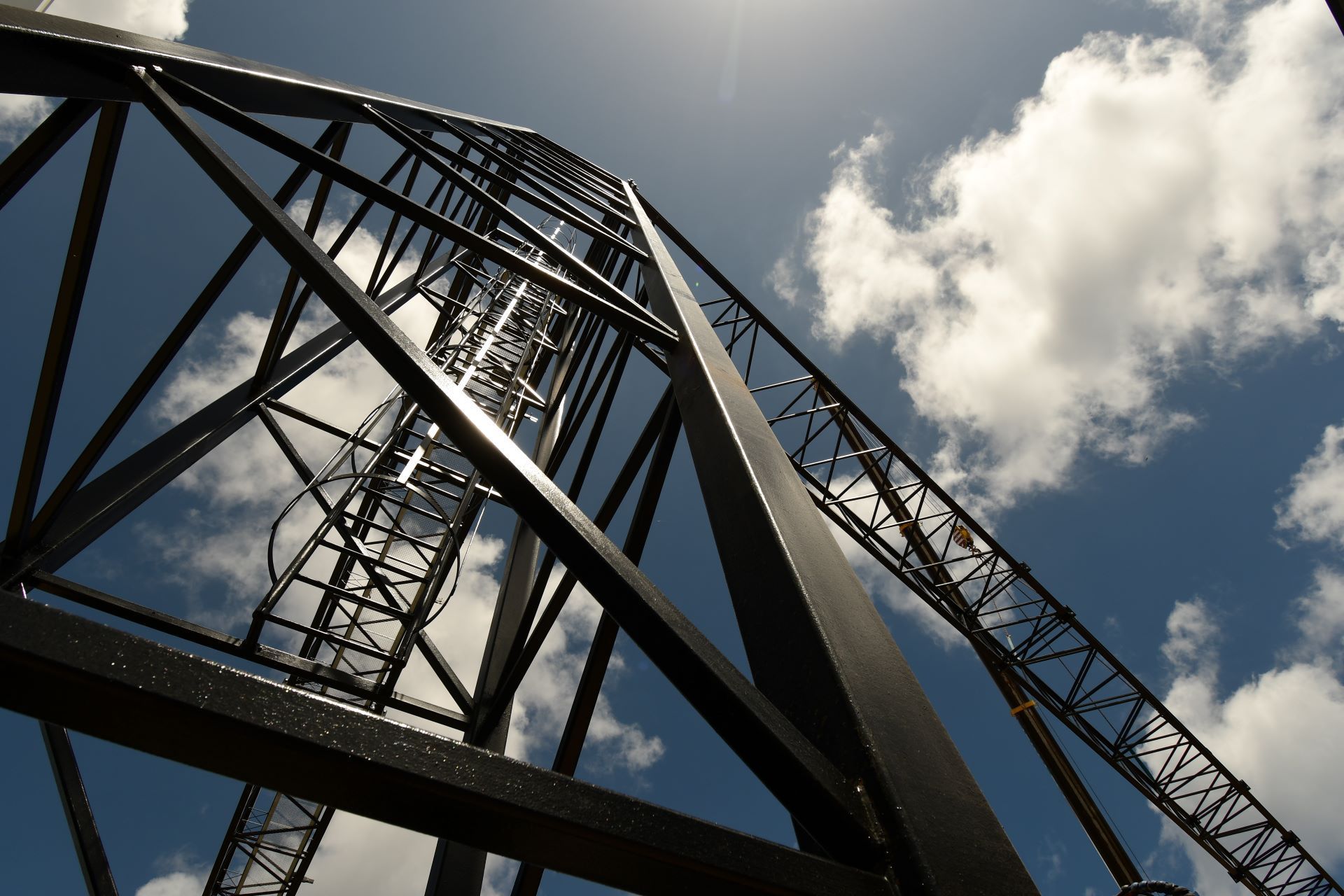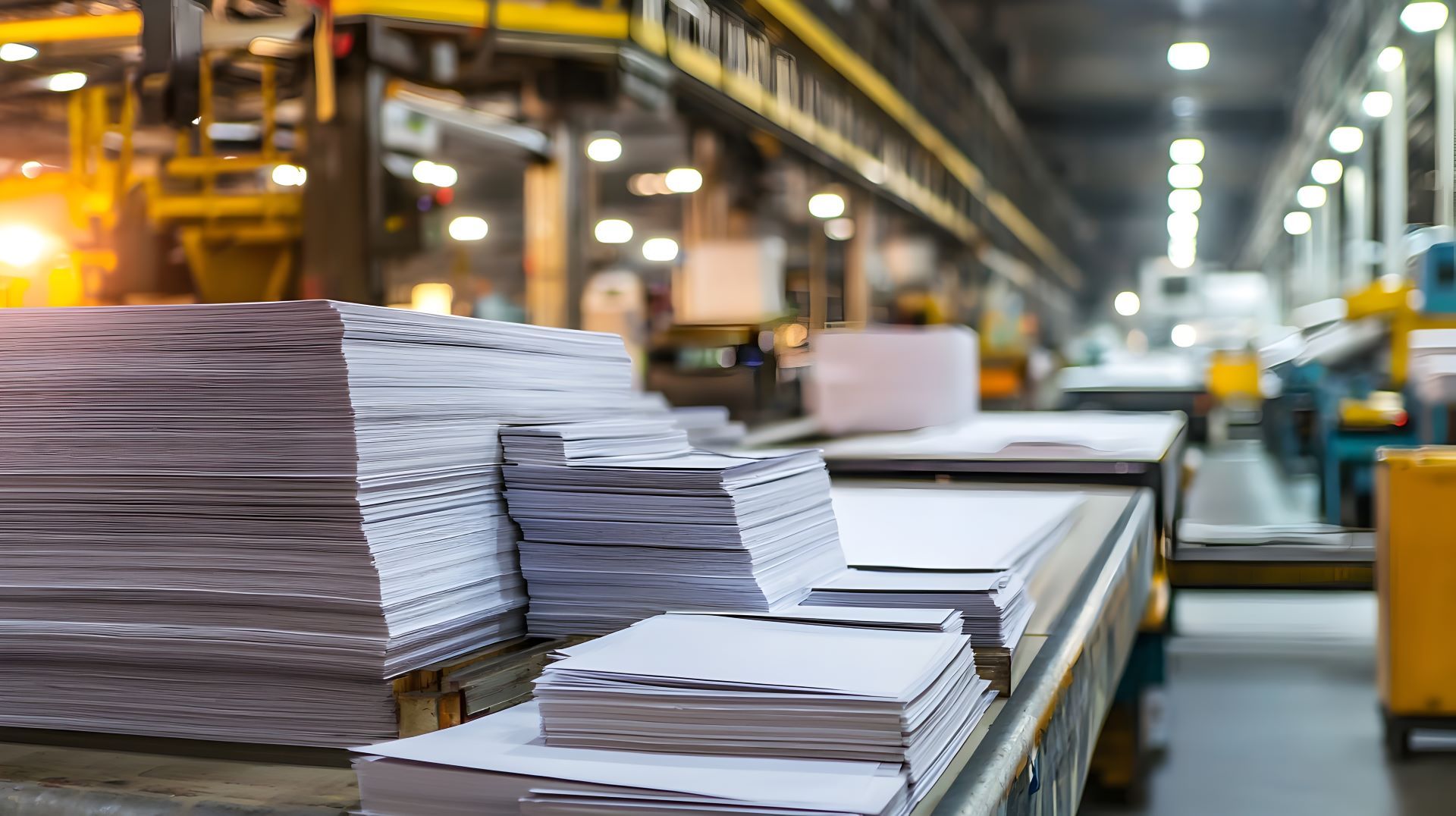Understanding Stainless Steel Flatness Tolerances: What Fabricators Need to Know
In fabrication shops, where precision and consistency directly impact quality and cost, understanding stainless steel flatness tolerances is non-negotiable. Whether you're working with laser cutting equipment, press brakes, or CNC machines, knowing how flat your sheet or plate needs to be and how flat it actually is can mean the difference between flawless production and wasted material.
This guide outlines the essentials of stainless steel flatness tolerances, how they’re defined, why they matter, and what fabricators must consider when specifying materials for critical applications.
What Is Flatness in Stainless Steel?
Flatness refers to the degree to which a sheet or plate of stainless steel deviates from a perfectly flat plane. Deviations can be in the form of bowing, warping, waves, or camber. Flatness is a dimensional tolerance that affects the usability of the material in forming, cutting, welding, and joining processes.
While stainless steel is prized for strength, corrosion resistance, and cleanability, its flatness especially in sheet and plate form is a crucial property in high-precision applications such as:
- Sanitary fabrication
- Laser cutting
- Architectural paneling
- Medical and food-grade equipment
- Aerospace components
Why Flatness Tolerances Matter
Flatness issues can result in:
- Misaligned cuts or welds
- Improper fits or joins in assemblies
- Inaccurate bends and angles
- Machine jams or tooling damage
- Increased scrap and rework
For many industries, particularly those requiring tight tolerances or clean weld seams, flatness isn't just a preference it's a requirement.
How Flatness Tolerances Are Defined
Flatness tolerances are typically defined by ASTM standards, mill specs, or customer drawings. The two primary standards used in the U.S. for stainless flatness are:
- ASTM A480 – General requirements for flat-rolled stainless and heat-resisting steel plate, sheet, and strip.
- ASTM A666 – For annealed and cold-worked austenitic stainless steel sheet, strip, plate, and flat bar.
These standards define maximum allowable deviations from a flat plane over a specific length.
Common Terms:
- Wave – Undulation or repetitive curvature across the surface
- Bowing – Deviation from a flat plane along the length or width
- Camber
– Edge curvature along the rolling direction
Flatness Tolerances by Product Type
Flatness varies by form and rolling method. Below is a helpful breakdown:
| Product Type | Standard | Thickness Range | Typical Flatness Tolerance |
|---|---|---|---|
| Sheet (Cold Rolled) | ASTM A666 | 0.015"–0.187" | 0.010–0.030" per foot, depending on size |
| Sheet (Hot Rolled, Annealed & Pickled) | ASTM A480 | 0.125"–0.500" | Typically 0.030"–0.060" per foot |
| Plate (HRAP) | ASTM A480 | 0.187" and up | 0.0625” per foot or more |
| Precision Ground Plate | Mill spec | Custom | Can be less than 0.005” per foot |
Note: Tolerances vary by mill and may be negotiable depending on quantity, application, and special processing.
Factors That Affect Flatness
Several variables impact how flat a stainless steel sheet or plate remains through processing and transport:
1.
Rolling Method
- Cold rolled stainless tends to be flatter due to tighter control and lower forming temperatures.
- Hot rolled material can have more internal stress and scale, resulting in more warping.
2. Gauge (Thickness)
- Thinner gauges may be more prone to distortion but can also be leveled more easily.
- Thicker plates often retain residual stress after rolling or annealing.
3. Grade Composition
- Austenitic grades like 304 and 316 are generally easier to level and form.
- Martensitic or duplex stainless grades may require more specialized leveling due to hardness or internal stresses.
4. Cutting & Processing
- Plasma or oxy-fuel cutting on thick plate can introduce heat-induced warping.
- Laser cutting on thinner material may cause minimal distortion if properly fixtured.
5. Storage & Handling
- Improper storage or uneven support can create bowing or edge-lift over time.
- Sheets should be stored flat and supported evenly across their surface.
Specifying Flatness in Your Order
When placing an order for stainless steel, fabricators should clearly communicate flatness requirements upfront. Consider including:
- Max deviation allowed (inches per foot or across full length)
- Processing needs (laser cutting, bending, etc.)
- End-use application (sanitary, structural, aesthetic)
- Call-outs for leveling or stress-relieving if needed
At Action Stainless, we support precision demands with leveled and cut-to-size sheet and plate to meet strict flatness expectations. We’ll work with your engineering specs or help recommend suitable tolerances for the job.
Leveling and Flattening Services
For critical flatness, coil or sheet can be leveled using equipment such as:
- Precision Levelers – Ideal for thin gauge sheets used in sanitary and cosmetic applications.
- Plate Levelers – Suited for thick plates and structural components.
- Tension Levelers – Useful for ultra-flat coil processing in demanding tolerances.
We offer value-added services including:
- Flattening and leveling
- Shearing and cut-to-length
- Deburring and edge conditioning
- Custom packaging for transit protection
Applications That Require Tight Flatness Tolerances
Some applications tolerate visual waves or slight bowing but many do not. These sectors often require stringent tolerances:
- Food processing – For sanitary welding and clean seams
- Pharmaceutical equipment – Where hygiene and form are tightly regulated
- Laser cut parts – To avoid beam deflection or edge burn
- Architectural panels – For visual uniformity and flush fit
- OEM assemblies – Where tolerance stack-up can affect performance
If your project depends on flush-fitting welds or CNC-fitted parts,
sheet flatness is just as important as gauge and grade.
Choosing the Right Tolerance: Practical Considerations
Here are a few practical guidelines fabricators can use:
- General fabrication?
ASTM standard flatness is usually sufficient unless part specs say otherwise. - Laser cut sanitary tanks or enclosures?
Go with leveled cold rolled 2B finish or precision-polished sheet with tight flatness. - Architectural or trim parts?
Request tighter flatness and a bright or brushed surface for cosmetic consistency. - Custom assemblies or enclosures?
Specify leveling and consistent cut lengths to reduce rework.
When in doubt, lean on your stainless distributor to clarify what's standard, what’s achievable, and what adds cost. At
Action Stainless, we help fabricators get it right the first time.
Conclusion
Stainless steel flatness tolerances are a fundamental part of achieving quality, precision, and efficiency in fabrication. Missteps in specifying or verifying flatness can compromise structural integrity, hygiene standards, or production speed.
Fabricators and engineers should treat flatness tolerances as a critical part of material selection just like grade, gauge, or finish. Whether you're building sanitary tanks, laser-cut brackets, or polished architectural panels, the flatness of your stainless steel matters.
Action Stainless supports projects across industries with leveled, cut-to-spec stainless products ready for high-performance environments.






